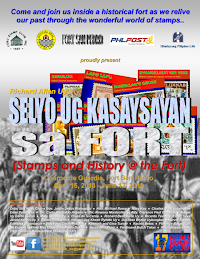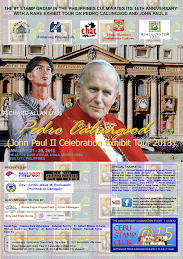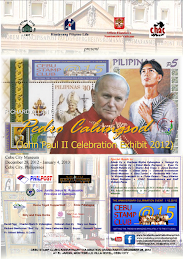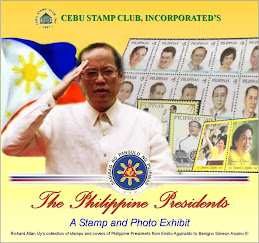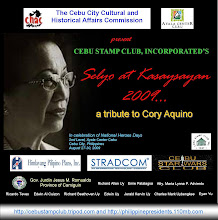Today in Philippine History (Philatelic Edition Series 3):
AUGUST 27, 1973
Senator Benigno "Ninoy" Aquino Jr. was brought back to Fort Bonifacio to face the Military Commission No. 2 on August 27, 1973.
He was charged with murder, illegal possession of firearms, and subversion. He refused to participate in the trial and called it a mockery.
Ninoy came out with a speech which made the military tribunal decide to suspend the hearings.
Earlier, on September 23, 1972, after President Ferdinand E. Marcos announced martial law, Ninoy was arrested together with Jose "Pepe" Diokno, and the members of the opposition.
They were detained at Camp Crame then to Fort Bonifacio. He and Diokno were placed in solitary confinement after he smuggled letters through his wife Cory, denouncing the Marcos regime.
On March 12, 1973, both of them were brought to Fort Magsaysay in Laur, Nueva Ecija by a chopper where they were placed again in solitary confinement.
On November 25, 1977, the Military Commission found Aquino, along with NPA leaders Bernabe Buscayno (Kumander Dante) and Lt. Victor Corpus, guilty and sentenced to death by firing squad.
After his conviction, Ninoy was never executed. He was allowed to run in the 1978 Interim Batasang Pambansa elections where he formed the Lakas ng Bayan or LABAN party list, which the Laban symbol was popularized.
He suffered a heart attack in March 1980 and was rushed to the Philippine Heart Center where he had a second heart attack.
Ninoy was permitted to have a bypass surgery in the United States at Dallas, Texas. He went in self-exile with his family in Newton, Boston, Massachusetts where he remained critical of Marcos.
In 1981, he delivered a speech where he said that "I have asked myself many times: Is the Filipino worth suffering, or even dying for?"
Despite the disapproval from family and friends, Benigno "Ninoy" Aquino Jr. returned to the Philippines on August 21, 1983, under the name Marcial Bonifacio.
After his death, his wife Cory and son Noynoy became presidents.
(Design, concept, stamps and research: Richard Allan B. Uy) All rights reserved
Photo credit: wikipedia.org























































